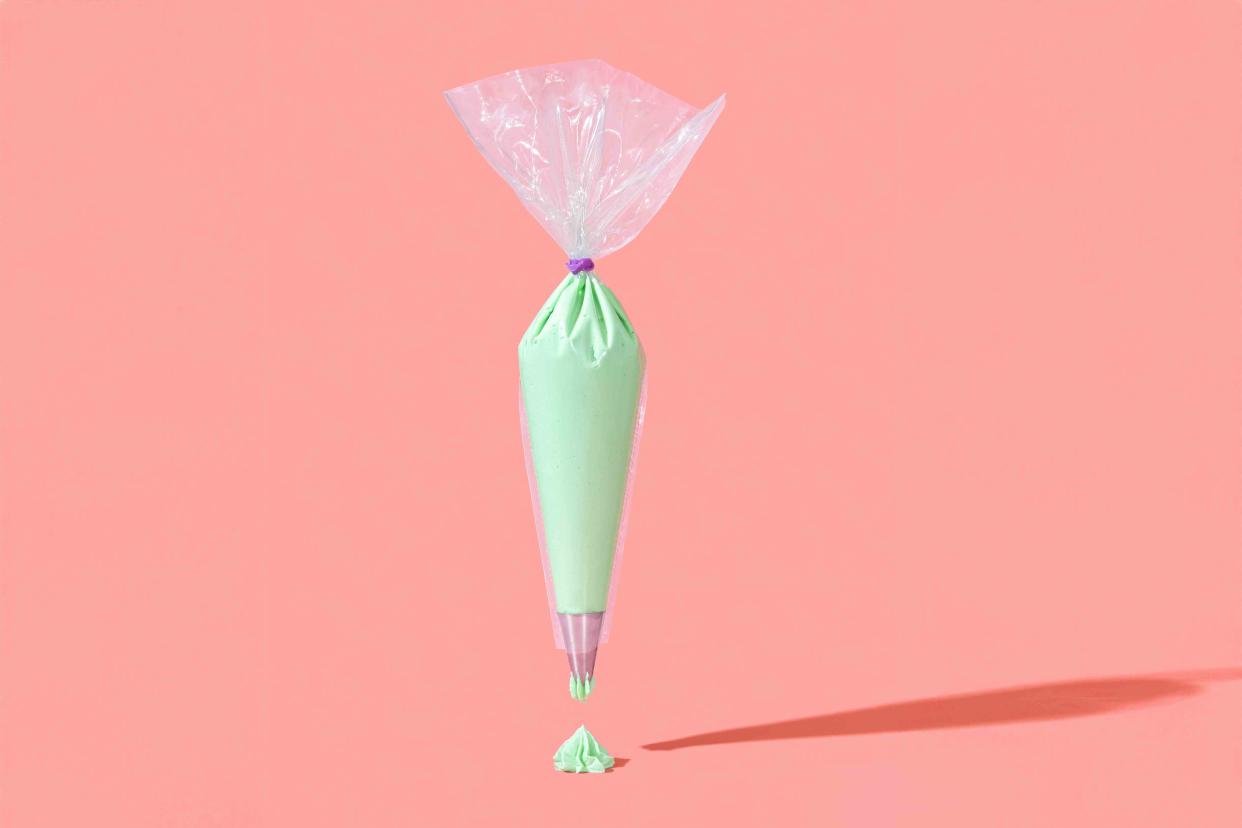What Is Icing Sugar—and How Do You Use It?
You may know this confectionery staple by another name.

Say-Cheese/Getty Images
Sugar goes by many different names—and they're all just as sweet. Icing sugar, brown sugar, granulated sugar, and superfine sugar, just to name a few. But if you're wondering exactly what is icing sugar—and how you would use it—you've come to the right place.
Get the scoop on all things icing sugar, and other names you may use for this sweet ingredient.
What Is Icing Sugar?
Icing sugar is very, very finely ground sugar that resembles talcum powder. It's generally mixed in with a little bit of corn starch to help keep it from clumping or caking. And it goes by a lot of other names in recipes: You'll see it referred to as confectioners' sugar, powdered sugar, or even 10X sugar (which is a reference to how finely it's ground).
How Do You Use Icing Sugar?
In general, icing sugar is used in recipes as a finisher. You'd use it to make frostings, icings, and glazes, such as royal icing or buttercream frosting. You can also sprinkle or coat the finished baked good with some icing sugar, such as a sprinkle atop a German pancake or coating cookies like our chai snowballs.
Related: The Difference Between Frosting, Icing, and Glaze
On occasion, it can also be used in the baked goods itself—and shortbread (such as Ted Lasso's legendary shortbread) is a great example. Generally, icing sugar is used in recipes that have a much softer, more crumbly texture like a shortbread.
And it's also great for adding to cocoa mixes or lemonade as a beverage sweetener, as it easily dissolves and won't give you a grainy finish.
Can Icing Sugar Replace Granulated Sugar?
The short answer: No. Icing sugar has a finer texture (plus corn starch), which will impact the texture of your baked good if you use it in something that calls for granulated sugar.
A quick lesson in baking chemistry: The act of whipping granulated sugar into softened butter creates little air pockets in your dough, which give your baked good that lighter, airier texture. You won't get any of that if you use icing sugar instead—you'll end up with a softer, denser texture for your baked goods.
Related: What Is Granulated Sugar—and Is It the Same Thing as Cane Sugar?
And the opposite is true as well. If you've ever tried to use granulated sugar in a royal icing or buttercream frosting, you'll find that the frosting texture ends up clumpy and grainy and very unattractive—definitely not what you're looking for on your cookie or cake.
How to Make Your Own Icing Sugar
Fortunately, there is a solution (besides heading to the grocery store) if you need icing sugar. If you have granulated sugar (and ideally, a little corn starch) at your disposal and your in the midst of a baking (or cookie or cake decorating) project, you can actually create your own confectioner's sugart. To do that, add a cup of granulated sugar and a tablespoon of corn starch to your blender, then blend for about a minute, until the sugar develops that nice, powdery texture.
Does Icing Sugar Go Bad?
Here's the good news: If you stocked up the last time your grocery store had a big baking ingredients sale, that powdered sugar will still be good for years to come, as long as you store it in an air-tight container in a cool, dry cupboard.
You'll know if your icing sugar has expired if you notice any changes in the odor, quality, or color of the sugar. But if it looks and smells fine, you should be good to go.
For more Real Simple news, make sure to sign up for our newsletter!
Read the original article on Real Simple.






